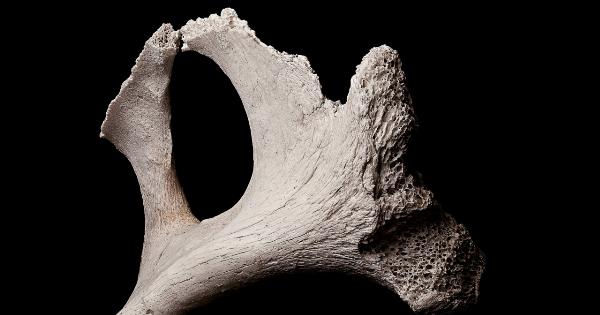A new study has revealed that a high percentage of cardiac arrest survivors report experiencing a “near-death experience” (NDE) during their hospitalization.
The study, published in the journal Critical Care Medicine, surveyed 1,033 cardiac arrest survivors in 25 hospitals across the United States and Europe.
What is a Near-Death Experience?
A near-death experience is a profound psychological event that can occur during or after a life-threatening event.
These experiences are characterized by a range of physical and emotional sensations, including feelings of peace, detachment from the body, and encounters with deceased loved ones or spiritual beings. While NDEs are not fully understood, they are often described as transformative, life-changing events.
The Study’s Results
According to the study’s findings, 39% of the cardiac arrest survivors reported having an NDE during their hospitalization.
Of those who reported an NDE, the majority described feelings of peace and joy, as well as encounters with deceased loved ones and spiritual beings. While previous studies have linked NDEs to paranormal or spiritual beliefs, the researchers noted that the experiences may be a normal psychological response to a life-threatening event.
Additional findings from the study include:.
- Patients who reported an NDE had a lower incidence of depression and anxiety at 6 months post-discharge
- Patients who reported an NDE were younger and had higher levels of education than those who did not report an NDE
- Patients in North America were more likely to report an NDE than those in Europe
- Patients who had their cardiac arrest outside of the hospital were more likely to report an NDE than those who had their cardiac arrest in the hospital
What Does This Mean?
The study’s authors suggest that the findings may have implications for how healthcare providers care for patients who have experienced a life-threatening event.
For example, healthcare providers may want to routinely ask patients about their NDE experiences in order to better understand their psychological state and provide appropriate support. Additionally, the findings may prompt further research into the possible links between NDEs and mental health outcomes.
Limitations to the Study
While the study offers important insights into the experiences of cardiac arrest survivors, there are several limitations to consider:.
- The study relied on self-reported data, which may be subject to bias or errors
- The study only surveyed patients who survived a cardiac arrest, so the findings may not apply to patients who die from a life-threatening event
- The study did not differentiate between different types of NDEs, so it is unclear whether certain features or characteristics are more common
Conclusion
The new study sheds light on the experiences of cardiac arrest survivors and their potential NDEs.
As healthcare providers continue to care for patients who have experienced life-threatening events, it will be important to understand the psychological impact of these events and how to best support patients in their recovery. Further research is needed to better understand the phenomenon of NDEs and their effects on mental health outcomes.































